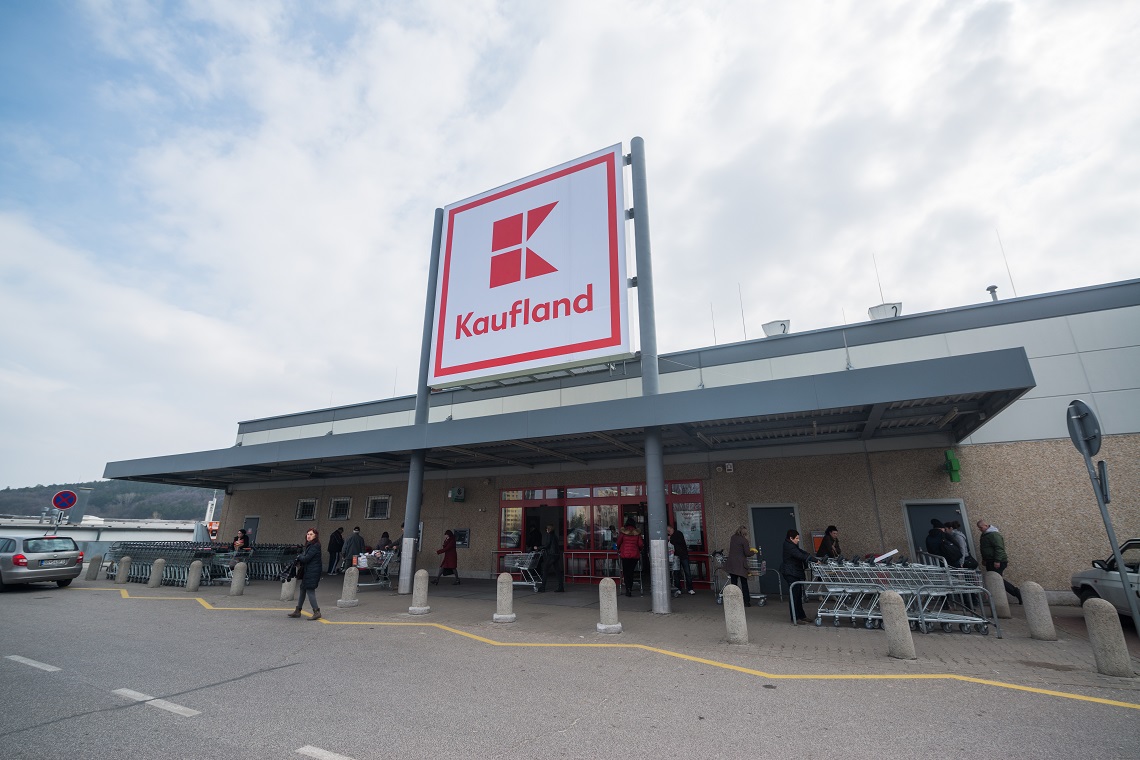A team of analysts at Morgan Stanley has published a report, which details the potential for Kaufland’s growth in Australia.
With the German discount supermarket preparing to open its first stores in Australia, the report predicts that almost 300 Kaufland stores could follow and that the retailer’s more flexible approach could see it do better than Aldi in this market.
Morgan Stanley analysts Monique Rooney, Thomas Kierath and John Lee compiled the report, which also included details of why Kaufland is expanding in Australia and where some of its stores could be built.
The report said: “Store penetration differs by market in Europe, from Slovakia the most penetrated at 82k people/store to Poland at 181k. Using these benchmarks Australia’s 24m people could theoretically support 133-295 Kaufland stores.”
Australia represents Kaufland’s first expansion outside of Europe and the analysts claim reasons for the move include: Australia being a relatively high growth market; existing margin structures here are high by global standards; discount penetration is low and that Kaufland has historically followed Aldi into new markets with success.
The report added that Kaufland’s flexible approach to its store formats could also give it an advantage over Aldi.
“Kaufland operates around five different formats in Europe that span from 20,000sqm (a similar size to the format it initially intends to roll out in Australia), but also operates stores as small as 3000sqm (the size of a typical Coles/Woolworths store).
“Kaufland takes a very adaptable approach to stores to suit the local area (in complete contrast to Aldi) and is prepared to alter the store format after the store has opened.”
With the closure of the Masters building stores, there are a number of big box retail spaces available to Kaufland for its Australian expansion.
“Based on our understanding of the market and on precedents we estimate that Kaufland may be targeting opening seven to 10 stores when it ‘launches’ in Australia in either late 2019 or early 2020. It is possible that Kaufland has taken options to buy other sites that it will execute on over the coming 12 months,” the Morgan Stanley team wrote.
“There is likely enough Big Box retailing space available in Australia for our Kaufland store rollout forecasts to be realistic.
“Kaufland’s largest size store (20k sqm) is literally the same size as Masters stores that were closed in December 2016. At the time of closure Masters operated 60 stores with a further 21 as development sites. Masters property portfolio was acquired by Home Consortium that has begun repurposing the sites and letting out.
“We think that a number of these Masters sites would be ideal for Kaufland. Home Consortium indicates that it focuses on three different retail offerings (i) Daily retail needs (Kaufland would suit this very well), (ii) Leisure & Lifestyle and (iii) Homewares and Electrical. To date (April ’18) Home Consortium has only leased eight centres and Bunnings has reportedly taken on 11 of the former Masters’ sites, which seemingly leaves up to 62 left to be leased ahead.”
Ultimately, the report suggests that while the analysts believe it may take some time for Australian shoppers to adopt Kaufland, the fact the company is privately owned means that it will have a long-term view to the Australian market and will have patience to see the growth.
“The very low cost of debt financing, especially in Europe, means that, in our view, Kaufland is likely to have a very low cost of capital and thus lower required rate of return hurdles vs its listed competitors. Discounters and especially those that are privately owned tend to have very long investment horizons which means they have a greater tolerance for initial losses.”

